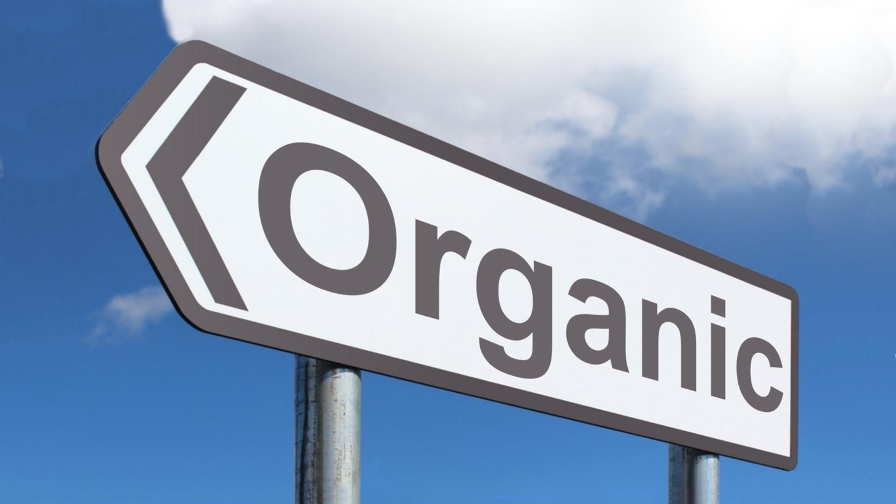Tired of Playing the Trade Wars Game? Perhaps Organic is the Answer
 Recent USDA data confirms what we’ve expected all along here at American Vegetable Grower.
Recent USDA data confirms what we’ve expected all along here at American Vegetable Grower.
As consumers hear horror stories about the “realities” of modern food production systems, organically certified anything will continue to grab market share like a kid in a candy shop.
USDA reports that from 2012 to 2017 total agricultural product sales stayed flat overall. Yet over that same time frame, U.S. total organic product sales more than doubled. It now totals a whopping $7.3 billion.
Here’s a number that will be of far more interest to growers: Organic operations averaged under a half million ($400,603) in total agricultural sales. Their conventional grower brethren came in just under the $200K mark ($190,245).
Where Are the Organic ‘Hot Spots’?
Not as much a surprise was where the majority of the year-over-year growth in the organics came from: California. The state again had the most total organic sales (around $2.8 billion total).
Two states within the Top 10 biggest organic growth markets had distinctly different reasons for their strong showings. A mushrooming organic dairy segment buoyed Pennsylvania, which clocked in with $7.1 million total organic sales. And North Carolina (with $1.3 million total organic sales) is a state currently experiencing a sort of agricultural rebirth. As tobacco demand falters, legacy farmers there are picking up acres of emerging crops like greenhouse vegetables and hemp.
And Pacific Northwest states had a strong overall presence in the market leader board. No. 2 Washington (around $7.6 million) and No. 5 Oregon (just over $2.8 million) finish out the top five (along with California, Pennsylvania, and a new entrant, Texas).
The Takeaway?
It stands to reason that American farmers burned out on the commodities trade game, with profit margins beholden to international trade market fluctuations, could step in and help satisfy an upward swinging domestic demand for more organic products. We do, after all, currently import just over $2 billion in organically certified agricultural products annually from trade partners around the globe.
Although it certainly bears noting making the switch will not be for every producer: making the transition from conventional cropping systems to certified organic is often an expensive, multi-year slog that involves a big up-front investment with a delayed ROI.










